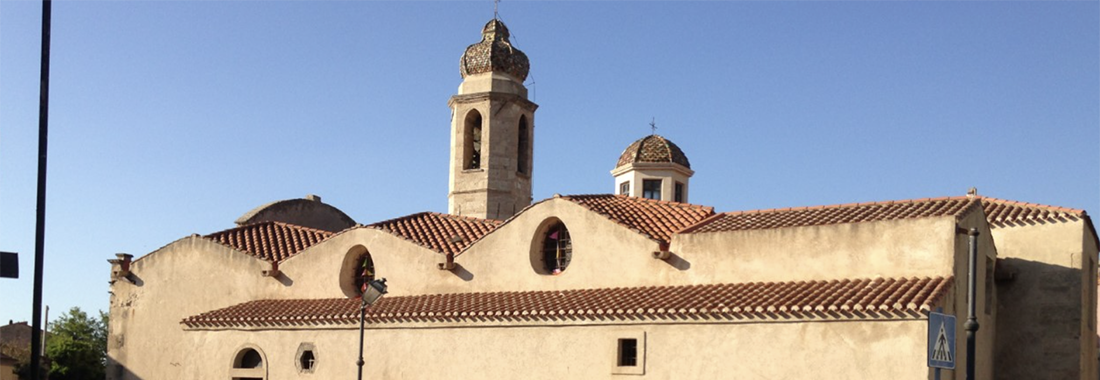The magical quiet of Riola Sardo is heralded by the slow flow of the Rio Mare Foghe and the lavender fields, vast darkened fragments of the turquoise sky on which rare, majestic clouds pass.
"Wetlands are part of our cultural identity and our economy", explains the councilor for productive activities Lucia Sanna. Outside, to introduce the small building of the municipality, two marble reproductions of the giants of Mont'e Prama, dressed in spring light. "As soon as we took charge of the municipality, in summer 2018, we immediately decided to join the Maristanis project, convinced by the enthusiasm of the MEDSEA Foundation, and the opportunity to sustainably develop the great potential represented by the nature that surrounds Riola", continues Sanna. "Sometimes we neglect our resources, however", concedes Mayor Mauro Saba, bringing as an example the activity of canoeists. Not only sportsmen from all over Italy who discovered the Rio Mare Foghe by chance, or thanks to word of mouth. Even the Italian kayaking team, coached by Stefano Loddo, prepares the Tokyo Olympics in the splendid scenery of the river.
In the pond of Istai work the eighteen fishermen of the cooperative of S. Andrea, who have been engaged for some time in the elaboration of a project related to the breeding of sea bream. Much has changed in recent years. Human interventions have modified fragile ecosystem balances, and it is not unusual for eels and mullet to desert the pond. Even the very rich avian fauna has been conditioned. "The last sighting of the White-headed Duck in Istai was ten years ago," Mayor Saba recalls.
History accompanies nature in Riola Sardo. The area has registered a human presence since the pre-Nuragic era. The medieval period, during which the center was part of the Giudicato of Arborea, left as a legacy the church of Santa Corona, built between the 12th and 13th centuries and, as some recent studies have shown, belonging to the order of the Templars. For the celebrations of Saint Anne, in July, what is left of the central nave hosts exhibitions and other cultural events. After 1750 Santa Corona was abandoned and many parts of the church were used to decorate the facade of the houses, on which religious and Templar symbols can still be seen today. The "path" of the sacred stones leads to the church of S. Martino, built on a pre-existing Romanesque structure of the sixteenth century. Inside, the crucifix of the eighteenth century in natural size and a few elderly women gathered in prayer. Midday strikes in the ancient iron belts of the bell tower.
But history is not only a monument, and it is enough to knock on doors along the way to attend to the spectacle of the continuing tradition. The house of Elvio Sulas, destined to become a museum of peasant art, contains in its objects the stratification of time: the oil press of the XVI century, the frame of the XVIII, the jars repaired with "su girabarchinu", rudimentary drill of the early XX inspired, believes Sulas, to a dynamic principle already known to the Nuragic civilization. The testimonies of the material culture continue on the showcases of the cellar, where the diaphanous gold of the Vernaccia drips from the large barrels. The lavender fields leading to the village belong to Sulas. In June the harvest will begin, and the oil will become essence and soap. Only one among the pure colors of Riola. Often the flamingos choose the small pond of Pauli Trotta, filling its irregular banks with a miraculous pink multitude.

